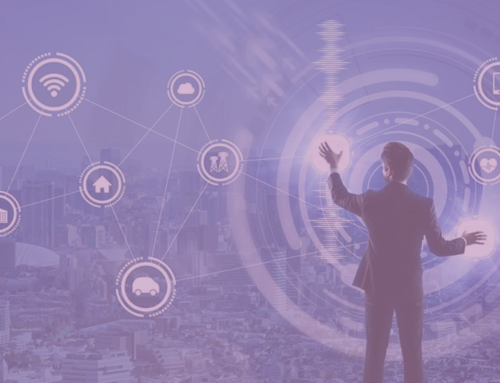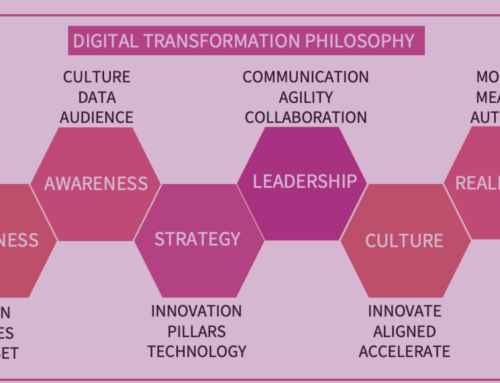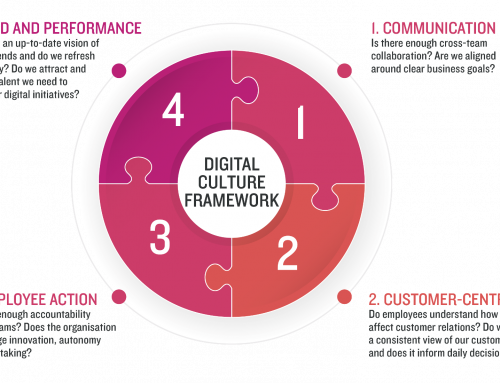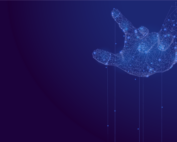When I was delivering a keynote at an HR conference in Kuala Lumpur recently, I met Nick Skytland, who agreed to join me on stage to learn how to moonwalk. Never in my wildest of dreams did I think I’d be doing the moonwalk with someone from NASA in front of 300 people.

And you can watch me teaching him here, along with the video of my whole talk
Nick has been pioneering new ways of doing business, in government and industry, for nearly 20 years. He now has what has to be one of the best jobs in the world – as Agency Talent and Technology Strategist at NASA, he’s responsible for seeking out new talent for NASA and unlocking people’s passion for human spaceflight.
For their recent Future of Work study, NASA reviewed vast amounts of information on current and project trends in work. They surveyed 100 employees, interviewed many leaders, conducted workshops and gathered knowledge from conferences, seminars and other business gatherings, to enable them to identify the drivers and disruptors behind change. Their study revealed that the way we work is undergoing an unprecedented amount of change, and that this is happening at what you and I (though not NASA!) might call the ‘speed of light’.
In collaboration with several other authors (all consultants working with NASA), Nick has written a fascinating and insightful blog summarising the findings of the Future of Work study. And after sharing the stage with me in Kuala Lumpur, he agreed to NASA’s material being used in my certified digital leadership training, and for me to share some of their insights with you here.
The four major forces for change
NASA’s study categorised the four major forces for change in an organisation as –
- People
Your organisation’s biggest asset is your people. You need to fully understand how a multi-generational workforce thinks, and what your people expect in terms of their career development, experiences and workplace. As Generation Z comes of age and enters work, their expectations will have a significant impact on the workplace. I’ve explored this in more detail here. Valuing diversity, encouraging new skills development and having an organisational structure that facilitates people shifting roles according to skills, interests and business needs will all play a part in reshaping your business for the future.
- Mission
The driving force behind the organisation. The danger with rapid change is that people in an organisation lose sight of the overall aim.
NASA has defined its mission as: Space as an industry is emerging with increasing and new competition. The influence of existing laws, complex regulations, policies and processes impact NASA’s ability to implement its mission. NASA’s mission is to drive advances in science, technology, aeronautics, and space exploration to enhance knowledge, education, innovation, economic vitality and stewardship of Earth. Our mission statement outlines our fundamental purpose as we partner with private companies and international entities to reveal the unknown for the benefit of humankind.
That’s a pretty big mission, and it gives everyone a very clear idea of what they’re working for.
Mine at Think Digital First is to empower individuals with positive choices to reach business objectives and as a result, build stronger companies and more engaged communities.
Does your business have a clear, defined mission statement defining its fundamental purpose? And if so, is it shared and understood right across the business, with everyone signed up to it?
- Place
Where, when and how we work are obvious signs of change. NASA talks about their global and connected workforce. Yours may not be global, but it’s likely to be changing, perhaps with more remote workers, job shares or flexible working patterns. Embracing change, rather than seeing changing working habits as a threat, will be a major driver for success – helping to attract and retain the best talent. Again, in my Generation Z blog, I talk about how their expectations are changing the shape of the workplace environment, and
- Technology
Technology is one of the most widely discussed drivers of change. Its evolution is rapid, and it’s changing the way we communicate. But technology is only as good as the people in the business, so you need to be thinking about what you need and how it’s going to help you drive change in your organisation. Data equals knowledge, and it’s that knowledge that will help your talented people to make the decisions that will transform your business. You can read more about being a successful digital leader here.
As well as identifying these drivers of change, NASA’s study defined a framework for future change that covers eight themes. These themes are focussed on NASA’s future needs, so I’m going to look at each one in terms of what you might need to think about in your business.
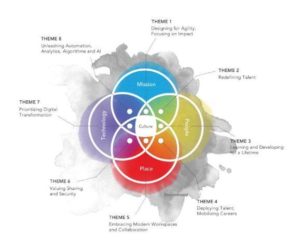
Theme 1: Designing for Agility, Focusing on Impact
In today’s ever changing world, successful organisations will be those that are able to move quickly, adapt rapidly and meet the needs of an increasingly diverse workforce – supporting people to learn new skills, fast. For your business, this may mean teams of people with multidisciplinary skills, networked across your organisation rather than working in silos, and need working fluidly together to achieve your organisational goals.
Theme 2: Redefining Talent
Attracting top talent to your business will mean embracing new work arrangements, from traditional employment contracts, to remote workers and freelances, but also enabling people to work across different areas of the business according to their skills, and shifting priorities. This will take flexibility, but also a strategic approach to workforce planning and management. AI will supplement your human talent, enabling people to focus on the innovative and creative aspects of your business.
Theme 3: Learning and Developing for a Lifetime
As we live longer and retire later – resulting in an ageing workforce (but not forgetting Generation Z, the next generation to enter the workplace) – businesses are presented with both challenges and opportunities. Opportunities for your workforce to continue to learn and develop throughout their careers will be essential to future competitiveness and attracting and retaining talent.
Theme 4: Deploying Talent, Mobilising Careers
Your future business success with depend on providing your employees with inspiring and challenging work experiences during their careers. You’ll need to develop your leadership and consider how to make best use of the talent across your workforce by enabling people to work in different areas of the business through temporary assignments, mission-focused projects and redeployment, as well as bringing in external expertise when needed.
Theme 5: Embracing Modern Workspaces and Collaboration
Now that technology allows people to work anywhere and at any time, your business will need to have the infrastructure in place to support a mobile workforce – using tools that enable effective, secure access to the necessary data and communications they need. And your workspaces may need a rethink, in order to provide spaces for flexible, autonomous and collaborative work.
Theme 6: Designing for Sharing and Security
Data access vs security is often a major business dilemma. Access to data in order to understand the numbers in your business and drive developments (with an increasing need for agility and speed) will be critical. You’ll need to develop systems which allow your employees to share information and data within a common data architecture.
Theme 7: Prioritising Digital Transformation
Digital transformation of your business is essential, as it will enable you to make more informed decisions, and will drive operational efficiencies. Digital transformation is occurring across every industry and sector, and you’ll need to consider carefully what steps your business needs to take to keep up. As I’ve said before, successful digital transformation isn’t about the technology, it’s about the people. A good starting point would be to consider how technology can help better meet the needs of your customers, and make the process of meeting those needs more efficient.
Theme 8: Unleashing Automation, Analytics, Algorithms and Artificial Intelligence (AI)
By taking advantage of technological advances, your organisation can make better, and more organised, use of its human resources and talent. Your qualified, experienced workforce will be able to focus on innovating, whilst machines provide the real-time data and responses that allow people to make better informed, objective decisions.
As well as these eight themes and the four major forces, NASA’s study looks at external influences – like environment, cultural context and industry dynamics. Not to mention political priorities and economic factors – and internal organisational culture. The whole blog makes for a fascinating, insightful read, which I recommend, and you can read the whole blog on NASA’s website.
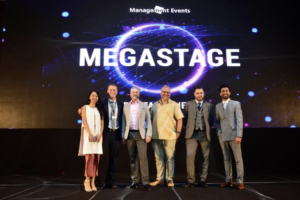
Ready to produce game-changing digital results in your business?
Subscribe to receive cutting edge insights on digital leadership and transformation- straight to your inbox
We do not sell or share your information with anyone.



